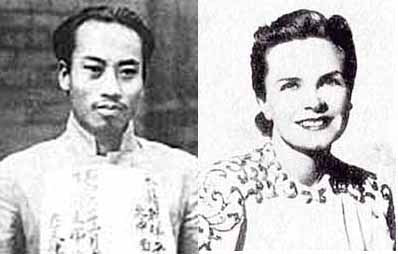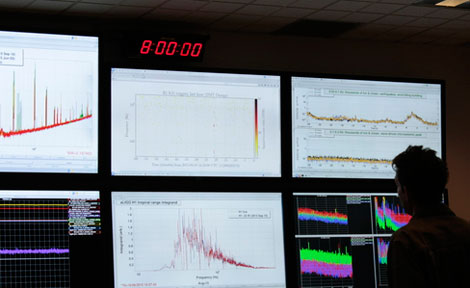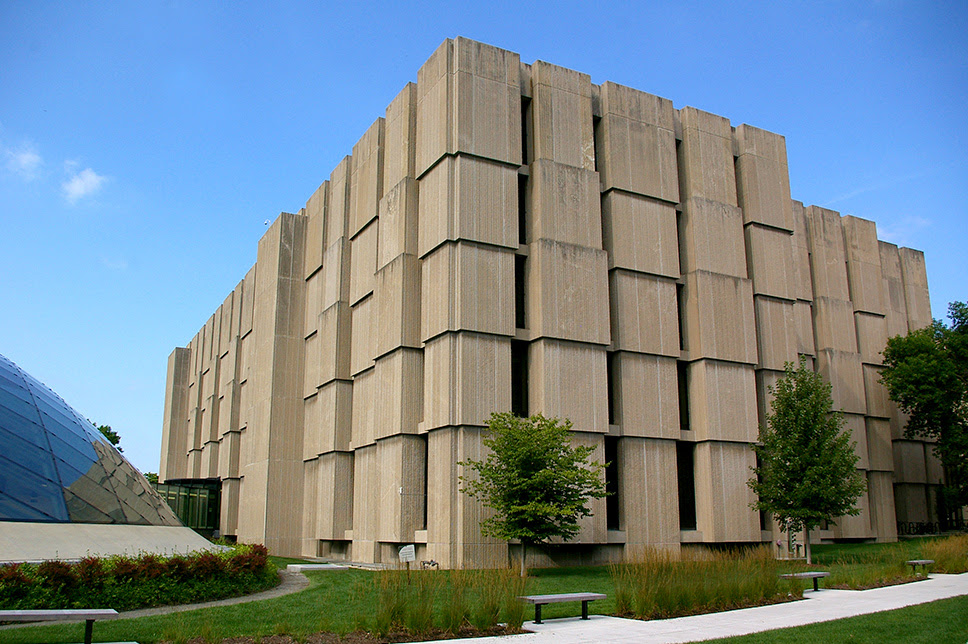Phillip Glass

Philip Glass Concert Review
Click to read on…
Philip Glass Concert Review
Click to read on…
Most of the history I’ve been exposed to in an academic setting has been centered on the United States, but this quarter I’m taking a class on colonization in Asia and the Pacific, which has given me some awareness for a few of the important cultural and political conflicts in that region.
Click to read on…
I learned this week about the most important recent development that has happened in Physics. The Laser Interferometer Gravitational-Wave Observatories (comprised of two separate facilities 1800 miles apart) detected gravitational waves. This detection is so important because it is the first proof of the existence of these waves that was predicted by Einstein’s relativity theory 100 years ago.
Click to read on…
In a Swiss classroom, the language of instruction is Hochdeutsch (High German), the standard textbook-variety of German that one would find spoken in governmental offices and classrooms all across the German-speaking World, including Germany, Austria, and Switzerland. In this classroom, a biology lecture could be swimming along, when the teacher notices that it’s rather cold in the room and says to one of her students: „Stefan, gang bis so guet s Fäischter go zuemache.“ („Stephan, please be so kind as to close the window.“) This sentence, however, unrelated to the biology lecture at-hand, would be spoken in Schwiizertüütsch (Swiss German), a dialect of German almost entirely unintelligible to the standard Hochdeutsch. After Stephan closes the window, the lecture would continue, the teacher reverting back to the standard language of instruction. When she’s teaching, she speaks Hochdeutsch, and when she’s talking directly to her students in a non-professional context, even as a brief interruption, she speaks Schwiizertüütsch. What’s going on here?
Click to read on…
This week, my classmates and I were required to design our own natural observation project and test a hypothesis derived from the Vohs Environmental Order Hypothesis
Here’s how it went:

This last week was interesting, because I got to go on my first Bird Watching tour. If you recall my paragraph about the Christmas Bird Count from a few weeks ago, you’ll remember that I mentioned I would be going on one of these censuses, trying to track the population shift of the Monk Parakeet which has historically used Hyde Park (the neighborhood I live in) as a primary breeding ground. I met with my ecology class at the edge of campus, we all suited-up and received some high-powered bird-watching binoculars, and set-out West, through Washington Park, looking for these Parakeets and their distinctive-looking nests.
Click to read on…